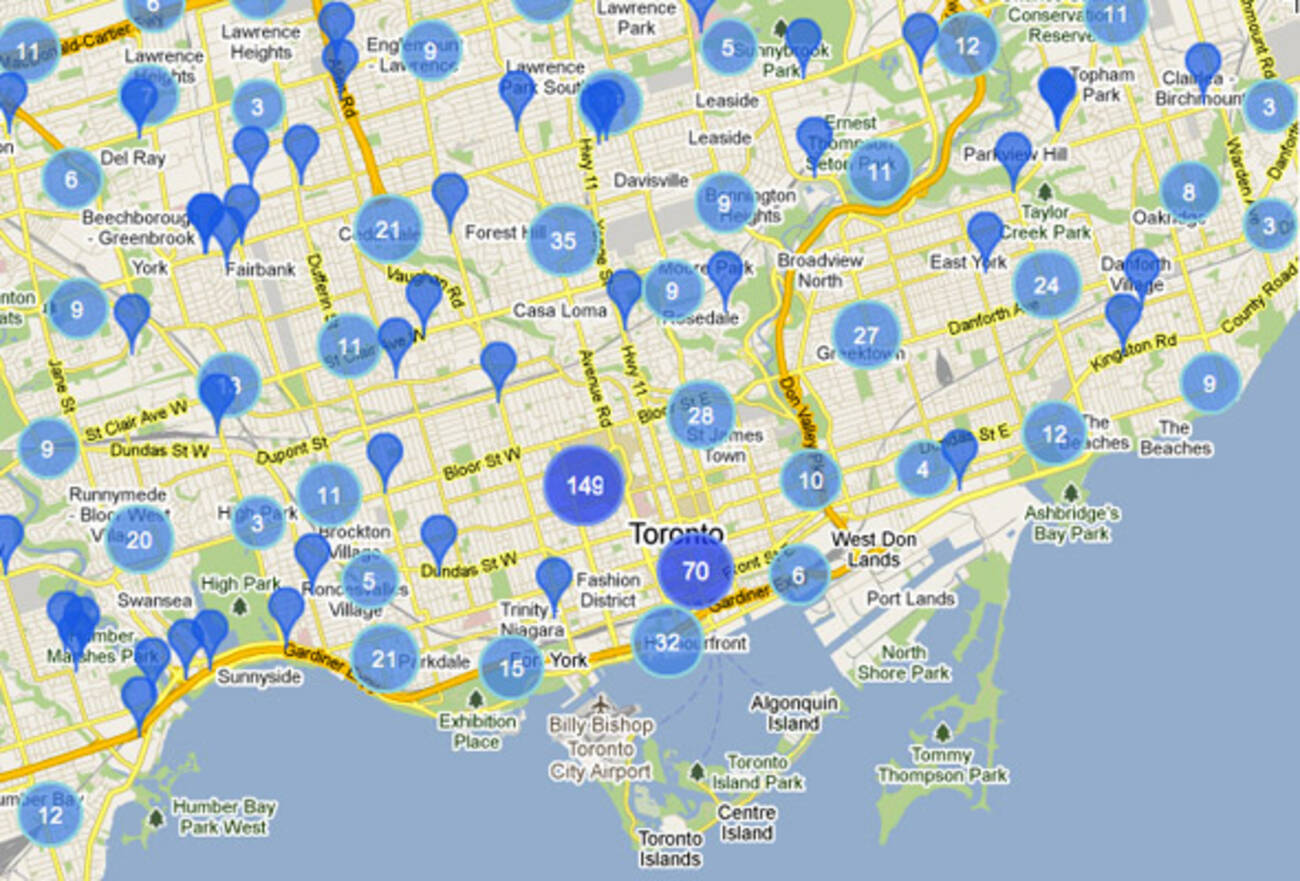In the event that you? ve ever before strolled through an area, you may have got spotted small mini 5G cell may be on street lighting poles. These show up like small packing containers, but they? re also really transmitting wireless signals from mobile carriers to your own phone.

These smaller sized, purpose-built cell towers are replacing bigger, purpose-built ones. Whilst less obvious, they may nevertheless cause issues for those.
The FCC? s Light Exposure Thresholds
The particular Radiation Exposure Thresholds of the FCC establish the safe distance from which usually a person might be exposed to electromagnetic radiation from wireless devices. The coverage limitations are based on scientific data indicating that RF energy may get hazardous to human health.
The particular assimilation rate (SAR) quantifies the radiofrequency energy absorbed by tissues. It is usually 1. 6 w per kilogram, averaged across one gram of tissue.
However, since 5g transfers at higher eq, it may cause more energy strength within the skin and other immediately uncovered body parts. what is a safe distance from a cell tower might result in a variety of possible consequences, such as the accelerated enhancement of skin illnesses such as hautentzündung, skin cancer, and cataracts.
Due associated with the potentially serious consequences of 5g radiation, PSU features opted to impose a general localized power density constraint of 4 mW/cm2 averaged over just one cm2, and certainly not to exceed thirty minutes, for all 5G services at 3 thousands GHz. This confined limit is consistent with the optimum spatial-average SAR regarding 1. 6 W/kg averaged across one g of cells at 6 Gigahertz.
The FCC? s i9000 Maximum Exposure Thresholds
If you've at any time used a cellular phone, a person surely know that a person must be at the least 400 meters away from tower for basic safety. This is owing to the fact that the indication strength of the cellular tower grows substantially with distance.
While this may seem to be just like a wonderful idea, truth be told that individuals living all around may be may be additional prone to health issues. A 2014 research in Indian, for instance, mentioned that persons which resided within 50 meters of mobile towers had greater health concerns as compared to those who were living farther away.
Yet, https://notes.io/qNCDT in addition revealed that signs returned to normal within a few days and nights for persons that relocated to places distant from cell towers. Several studies have indicated of which exposure to large levels of radiofrequency electromagnetic fields (EMFs) may possibly induce cancer, head tumors, and various other health concerns.
RF radiation, which is definitely used in cordless communication, may penetrate the outermost coating of the human body, the skin. The particular skin functions since a protective buffer against mechanical destruction, infection by pathogenic bacteria, and the admission of harmful chemicals. It is responsible for keeping the integrity regarding other organs and is also the biggest body organ in the human entire body.
Minimum Exposure Thresholds of the FCC
The FCC's Least Exposure Thresholds are based on a number regarding unsupported scientific assumptions. what is a safe distance from a cell tower include the invalid notion that immediate exposures to RF radiation secure owing to low penetration into the human body (i. e., tissues heating) (i. at the., tissue heating).
Additionally, the assumption disregards the deeper penetration in the ELF parts of modulated RF signals as well as the influence of brief warmth bursts from pulsed RF waves. These types of assumptions usually do not align with the current knowledge of the particular biological effects regarding RF radiation; therefore, they should not have to get utilized to build health-protective exposure boundaries.
In addition , the ICNIRP and FCC restrict their maximum publicity limits to local peak SARs dependent on the maximum spatial specific assimilation rate (psSAR), that is an insufficient dosimetric technique for evaluating the level of RF light exposure. Specifically, psSAR is incorrect in frequencies greater than 6 GHz. Additionally, psSAR will not be looked at for RF rays with co-exposure in order to other environmental aspects such as sun. Interactions between radiofrequency (RF) radiation and other environmental factors may have bloodthirsty or synergistic results. This would increase the probability of hazardous health outcomes. Co-exposure to RF rays and sunshine, intended for instance, may boost the risk of epidermis cancer and worsen other skin conditions, for example acne.
